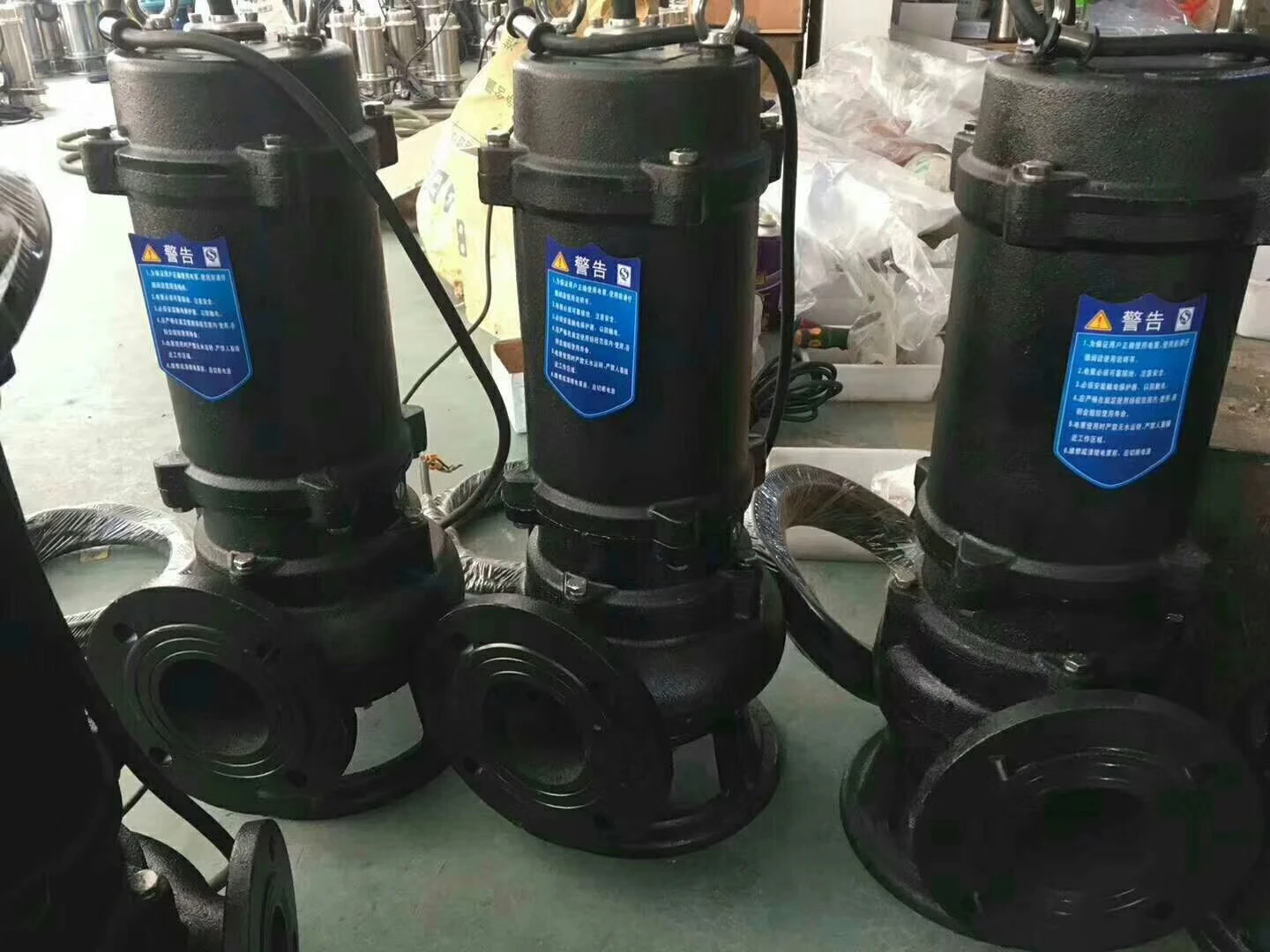Punjabi
- Afrikaans
- Albanian
- Amharic
- Arabic
- Armenian
- Azerbaijani
- Basque
- Belarusian
- Bengali
- Bosnian
- Bulgarian
- Catalan
- Cebuano
- Corsican
- Croatian
- Czech
- Danish
- Dutch
- English
- Esperanto
- Estonian
- Finnish
- French
- Frisian
- Galician
- Georgian
- German
- Greek
- Gujarati
- Haitian Creole
- hausa
- hawaiian
- Hebrew
- Hindi
- Miao
- Hungarian
- Icelandic
- igbo
- Indonesian
- irish
- Italian
- Japanese
- Javanese
- Kannada
- kazakh
- Khmer
- Rwandese
- Korean
- Kurdish
- Kyrgyz
- Lao
- Latin
- Latvian
- Lithuanian
- Luxembourgish
- Macedonian
- Malgashi
- Malay
- Malayalam
- Maltese
- Maori
- Marathi
- Mongolian
- Myanmar
- Nepali
- Norwegian
- Norwegian
- Occitan
- Pashto
- Persian
- Polish
- Portuguese
- Punjabi
- Romanian
- Russian
- Samoan
- Scottish Gaelic
- Serbian
- Sesotho
- Shona
- Sindhi
- Sinhala
- Slovak
- Slovenian
- Somali
- Spanish
- Sundanese
- Swahili
- Swedish
- Tagalog
- Tajik
- Tamil
- Tatar
- Telugu
- Thai
- Turkish
- Turkmen
- Ukrainian
- Urdu
- Uighur
- Uzbek
- Vietnamese
- Welsh
- Bantu
- Yiddish
- Yoruba
- Zulu
Telephone: +86 13120555503
Email: frank@cypump.com
ਨਵੰ. . 14, 2024 21:07 Back to list
self priming effluent pump
The Benefits and Mechanism of Self-Priming Effluent Pumps
In the world of fluid mechanics, self-priming pumps have emerged as a crucial innovation for various applications, particularly in the management of wastewater and effluent. These pumps offer a range of advantages that make them ideal for environments where the handling and transfer of liquids are paramount. This article explores the functionality, benefits, and applications of self-priming effluent pumps.
Understanding Self-Priming Pumps
A self-priming effluent pump is designed to remove liquid from a source without requiring manual priming, which is the process of filling the pump and suction line with liquid to eliminate air. Traditional pumps often need this initial priming, which can be cumbersome and time-consuming. In contrast, self-priming pumps are engineered to develop the necessary vacuum and draw fluid from a source efficiently.
The mechanism behind a self-priming pump relies on an innovative design that includes a built-in reservoir or priming chamber. This chamber is filled with liquid that creates a vacuum, allowing the pump to efficiently move liquids through the suction line, even if it contains air. Once the pump is activated, it starts to draw in air and liquid, mixing them in the priming chamber. The pump then expels air while retaining the liquid, allowing for continuous operation.
Advantages of Self-Priming Effluent Pumps
1. Convenience The most significant benefit of self-priming effluent pumps is their convenience. They can automatically clear air from the suction line, making them ideal for situations where manual priming is impractical or impossible. This makes them particularly valuable in remote locations or during emergency situations.
2. Efficiency Self-priming pumps are designed for high efficiency and reliability. With fewer moving parts in the priming mechanism, they often operate with less wear and tear compared to traditional designs. This efficiency translates into prolonged lifespan and reduced maintenance costs.
self priming effluent pump

3. Versatility These pumps are extremely versatile and can handle a wide range of effluent types, including sewage, stormwater, and industrial waste. Their ability to handle solid particles and viscous fluids makes them suitable for various industries, including construction, mining, and municipal wastewater treatment.
4. Cost-Effectiveness Although initial costs may be higher, the long-term savings on labor, maintenance, and the need for separate priming systems can make self-priming pumps a cost-effective solution. Their durability reduces the frequency of replacements, further enhancing their value.
5. Reduced Risk of Damage Because self-priming pumps can recover from priming issues automatically, there is a reduced risk of damage to the pump and motor. This feature helps in maintaining system integrity and preventing costly breakdowns.
Applications of Self-Priming Effluent Pumps
The applications of self-priming effluent pumps are vast. They are commonly used in residential and commercial sewage systems, agricultural irrigation, and flood control mechanisms. Industries such as oil and gas, food processing, and chemical manufacturing also utilize these pumps for effective liquid transfer and processing. Moreover, they play an essential role in construction sites for dewatering operations, where they efficiently remove water accumulated in trenches and excavations.
Conclusion
In conclusion, self-priming effluent pumps have revolutionized fluid management practices by offering an efficient, reliable, and user-friendly solution for a variety of applications. Their design minimizes the need for manual intervention, enhances operational efficiency, and provides cost advantages over conventional pumps. As industries continue to evolve and challenge traditional methodologies, self-priming effluent pumps stand out as a vital component in modern fluid management systems, ensuring effective performance in even the most demanding conditions.
-
China Small Slurry Pump Manufacturer - High Efficiency Small Centrifugal Slurry Pumps for Mining & Industry
NewsJun.24,2025
-
Custom Drilling Mud and Slurry Pump Supplier - High Efficiency, Tailored Solutions
NewsJun.10,2025
-
Supply Vertical Submersible Sewage Pump High-Efficiency WQ/QW Pumps Supplier
NewsJun.10,2025
-
Premium Sewage Ejection System & Pumps Efficient Waste Removal
NewsJun.09,2025
-
Premium Wholesale Slurry Pump Impellers Durable & Efficient Slurry Handling
NewsJun.09,2025
-
Top Sewage Pump Companies Durable Industrial Solutions for Efficiency
NewsJun.09,2025










